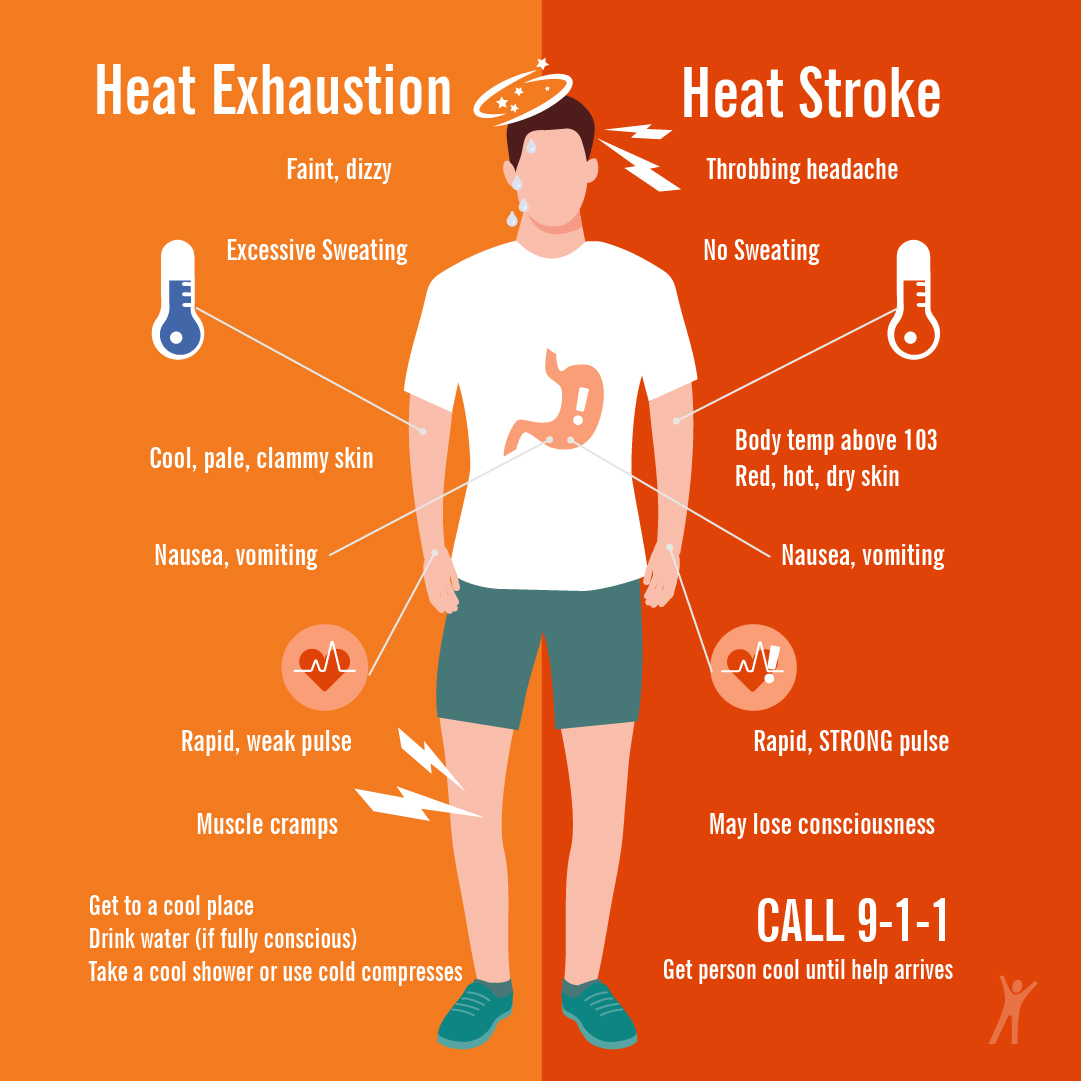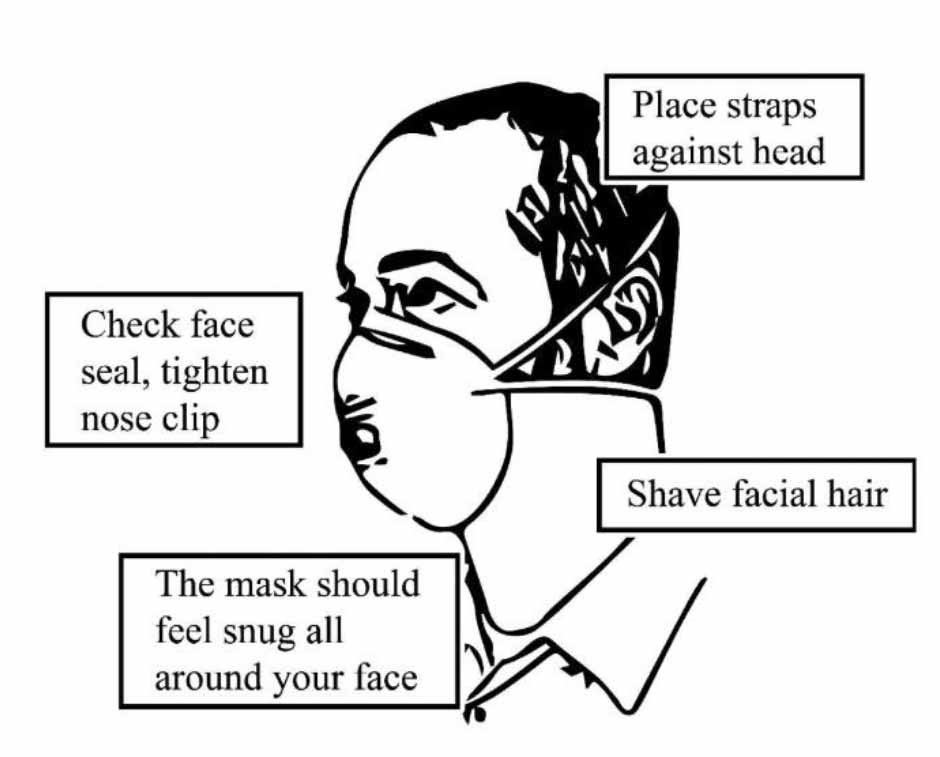
Spokane commonly experiences unhealthy air quality and extreme heat during the summer and fall months due to wildfires and natural seasonal changes. Wildfires pump gases and particles into the air which can be carried hundreds of miles, so even when there is not a wildfire near Spokane, the region may still experience poor air quality. During smoke events, it is best to limit your time outside especially when it is extremely hot out as well. Read more below about how you can stay safe when it is unavoidable to go outside or there is poor air quality inside as well. Visit Spokane Regional Clean Air Agency to learn more about preparing for wildfire smoke in Spokane, WA.
Heat is the #1 weather related killer in the US as it can exacerbate preexisting conditions and causes heat exhaustion or stroke (National Weather Service, 2025) 1. Extreme heat events affect people differently depending on where they live, their income, age, profession, activities they participate in, and their medical conditions. People experience heat-related illnesses when their bodies are unable to properly cool themselves. Recognizing symptoms of heat-related illness can save lives! You can learn more about the connections between heat and health on the World Health Organization website.
Heat exhaustion is unpleasant, but heat stroke can be fatal and requires immediate medical attention. This factsheet from the Spokane Regional Health District website gives valuable information about the different symptoms of heat exhaustion and heat stroke. It is important to be able to recognize the signs and symptoms of these heat-related illnesses because it can save lives. If you or someone you know experience symptoms of heat stroke, symptoms it is critical to get medical help as soon as possible and call 9-1-1. On the website linked above, you can also find flyers in up to nine languages on heat-related topics such as tips for staying hydrated, risk factors, staying cool at home, and guidance for outdoor activities.

Figure 1. Symptoms of Heat Exhaustion and Heat Stroke 2.
A study on the relationship between heat-related illness and a cooling center location in Virginia, as well as cooling center effectiveness: Heat-related illness and cooling center location relationship
Visit the Gonzaga Climate Institute Extreme Heat Safety webpage to find a variety of resources to help the Spokane community stay safe during extreme summer heat, such as links to SNAP Energy Assistance, factsheets in multiple languages, and an interactive cooling resources map.
What is the air quality and weather forecast at your location?
The following are resources for monitoring air quality and weather updates. These resources are frequently updated and considered reliable for individual and household use.
Spokane Regional Clean Air Agency Website: Provides local air quality forecasts (updated hourly) and current burn restriction statuses for Spokane County. Provides an explanation of the Air Quality Index and FAQs about air quality monitoring and forecasting.
AQI Forecasts AirNow: Enter a ZIP Code, city, or state to see the current air quality for that area.
Air Quality Guide for Particle Pollution AirNow: An explanation of the air quality index showing what each rating means, who should be concerned, and what should be done in each situation. Also provides information about particle pollution and tips to stay safe indoors and outside.
Washington Smoke Blog: Provides maps and information on current air quality, fires, and smoke affecting Washington State.
ALERT Spokane: Program for public alert and warning notifications disseminated throughout the greater Spokane area. When registered, you may receive alert messages for any type of safety situation in your area including wildfire and extreme heat.
Forecast for Spokane, WA: National Weather Service website for Spokane showing a variety of information on current weather forecasts, hazards, and advisories.
Once you know the air quality in your area, check the air quality index (pictured on the home page of this LibGuide) to get guidance on which kind of activities are considered safe.
What to do when there is poor air quality

Figure 2. N95 respirator visual depiction from Washington State Department of Labor & Industries website on Wildfire Smoke Safety 4.

Figure 3. Title page of EPA children's book on air quality 5.
Washington State Department of Labor & Industries, "Respirators filter the air to protect worker’s lungs." Accessed 23 June 2025, www.lni.wa.gov/safety-health/safety-topics/topics/wildfire-smoke.
AirNow.gov, n.d., “Why Is Coco Red?,” April 2022, https://www.airnow.gov/education/why-is-coco-red/.